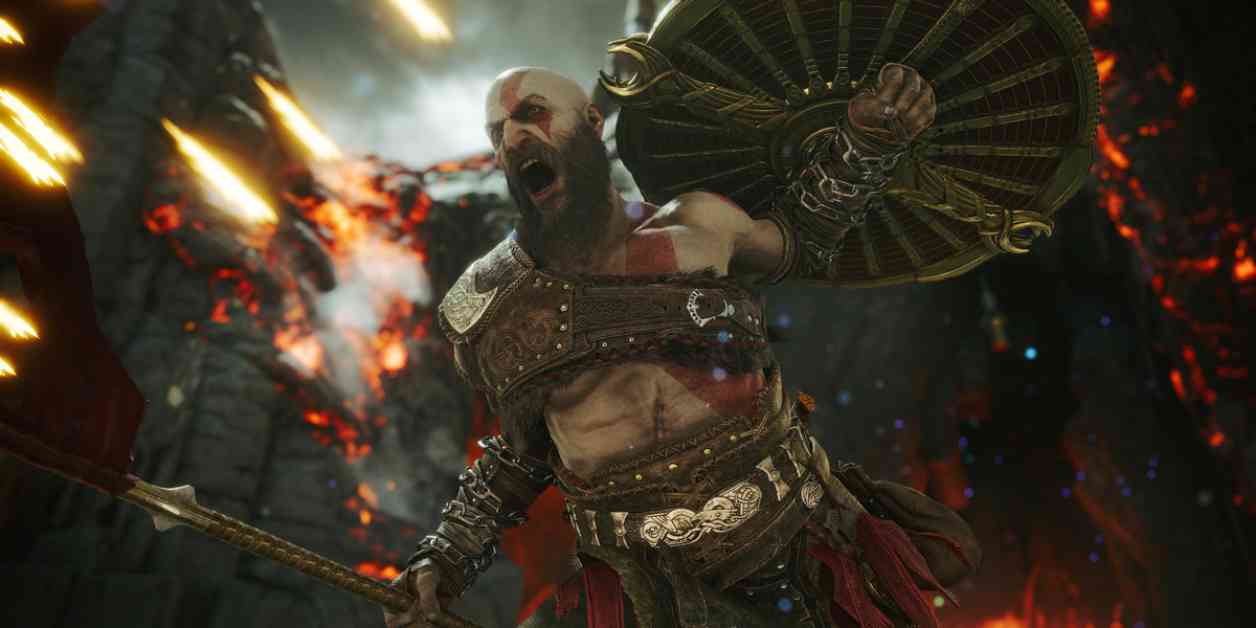Porting God of War Ragnarök to PC: A Deep Dive into the Technical Aspects
God of War Ragnarök has made its debut on PC, offering players a revamped version of the popular PlayStation game with enhanced graphics and new PC-specific features. To celebrate the release, Alex Battaglia sat down with Matt DeWald, the lead producer at Sony Santa Monica, and Steve Tolin, the technical director at Jetpack Interactive, the developers behind the PC port. The interview covers a wide range of technical insights into the porting process, shedding light on how the game was optimized to perform well on PC while addressing common PC issues such as shader compilation stutter and inefficient CPU usage.
Project Timeline and Development Process
Matt DeWald reveals that the project to port God of War Ragnarök to PC began around 18 to 24 months before the game’s release. The initial focus was on updating the engine to support DX12, and once the PlayStation version of Ragnarök was completed, the team shifted its attention to the PC port. With the completion of Valhalla, the team was able to incorporate additional content into the PC version, making it a comprehensive experience for players.
Transition to DX12 and DX12 Ultimate
Steve Tolin explains the decision to move from DX11 in the previous God of War game to DX12 for Ragnarök. The team recognized the performance benefits offered by DX12 Ultimate, such as a new shader model, VRS, DirectX ray tracing, and mesh shaders, which aligned with their goal of optimizing the game for PC hardware. By leveraging the capabilities of DX12 Ultimate, the team aimed to deliver a visually stunning and smooth gaming experience on PC.
Optimizing PSO Compilation and Asset Compression
One of the key challenges in porting God of War Ragnarök to PC was ensuring seamless PSO compilation to prevent shader compilation stutter. Steve Tolin details the meticulous process of generating PSOs offline to eliminate runtime issues and deliver a smooth gameplay experience. Additionally, the team faced the challenge of asset compression and decompression on PC due to the lack of dedicated hardware. Despite the large size of the game, the team opted for a disk space-heavy approach to maintain performance and stability.
Handling VRAM Budgets and Texture Scaling
With the transition from PS4 to PS5, the team had to address the varying VRAM budgets of different PC GPUs. Steve Tolin explains the scalable approach taken to accommodate mainstream GPUs while maximizing the visual fidelity of the game. By adjusting texture quality, streaming maps, and other settings based on available VRAM, the team ensured that players with different hardware configurations could enjoy a smooth gaming experience.
Enhanced Visual Features and Aspect Ratios
The porting process for God of War Ragnarök involved enhancing visual features such as LOD distance, shadow resolution, and shadow distance to surpass the capabilities of the PlayStation 5 version. Additionally, the team undertook a significant art pass to support the 32:9 aspect ratio, requiring extensive animation work to ensure a seamless transition across all gameplay moments and cinematics. The team also addressed HUD customization to accommodate various screen resolutions and aspect ratios, providing players with a tailored gaming experience on PC.
Performance Settings and Technical Enhancements
Matt DeWald discusses the performance settings in God of War Ragnarök, ranging from low, which mirrors the base PS4 experience, to ultra, which aligns with the quality mode on PS5. The team aimed to offer a range of options to cater to different hardware configurations while maintaining visual quality. Steve Tolin highlights the use of async compute in the DX12 version of the game on PC, emphasizing the importance of leveraging modern technologies to optimize performance and efficiency.
Exciting Developments and Future Plans
Both Matt DeWald and Steve Tolin express their enthusiasm for bringing God of War Ragnarök to a new audience on PC. They highlight the collaborative effort between Sony Santa Monica and Jetpack Interactive in delivering a high-quality port with a small team of engineers. The team’s dedication to maximizing the potential of DX12, optimizing resource management, and enhancing CPU utilization has resulted in a polished gaming experience for PC players. Looking ahead, the team is eager to receive feedback from players and continue refining the game to further enhance the gaming experience on PC.
In conclusion, the porting of God of War Ragnarök to PC represents a significant technical achievement, showcasing the dedication and expertise of the development team in optimizing the game for a new platform. By leveraging the capabilities of DX12 and incorporating PC-specific features, the team has delivered a visually stunning and seamless gaming experience for players. With a focus on performance optimization, asset management, and visual enhancements, the PC port of God of War Ragnarök sets a new standard for console-to-PC transitions in the gaming industry.

